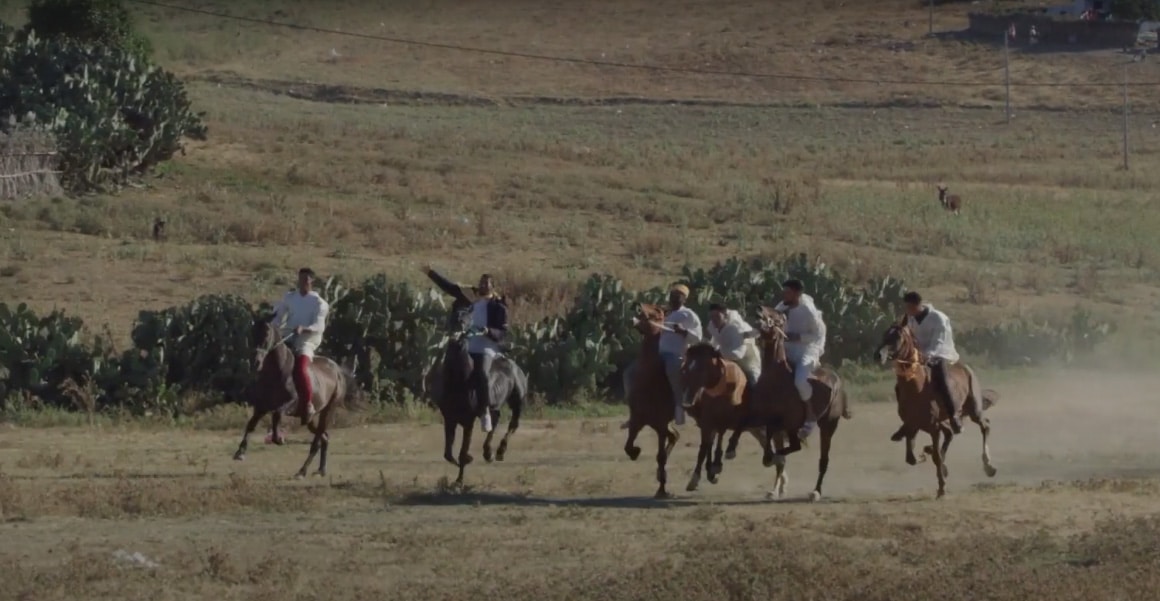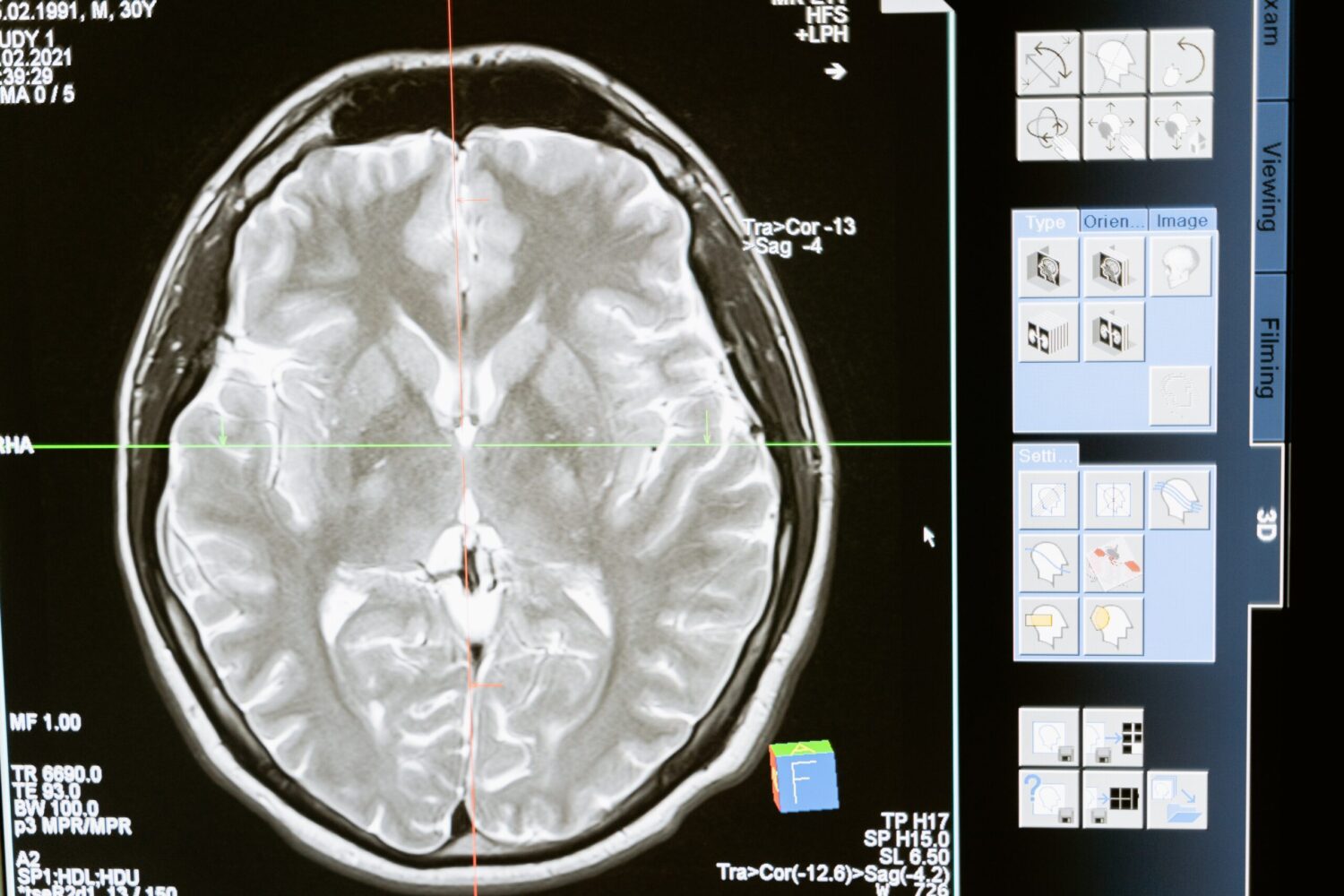Mr. Guterres was speaking on the final day of the annual Africa Dialogue Series in New York, where the focus this year was on accelerating implementation of the African Continental Free Trade Area (AfCFTA) – set to be the largest in the world.
Harness the potential
He said the pandemic brought high food and energy prices, made worse by the Russian invasion of Ukraine, exacerbating poverty, inequalities, and food insecurity.
Governments have also faced rising interest rates, increasing the potential for debt, while climate change has created deadly floods and drought, contributing to the risk of hunger.
“Guided by the 2030 Agenda for Sustainable Development and the African Union’s Agenda 2063, we must ramp up our efforts and harness the full potential of trade and industrialization to advance sustainable, inclusive growth,” the UN chief told participants.
Millions could escape poverty
He said the AfCFTA is set to be an engine of that growth.
“Its full implementation could generate income gains of up to nine per cent by 2035, according to latest estimates. This would lift up to 50 million people out of extreme poverty and reduce income inequalities,” he added.
The Secretary-General stressed that realizing the AfCFTA promise calls for action across four critical areas, starting with boosting access to financial resources and investment.
“We need a fundamental reform of the global financial system so that Africa is represented at the highest level,” he said.
Barriers that hold back intra-African trade and production capacities must also be broken down, including through eliminating tariffs, building “made in Africa” supply chains, and harmonizing regulations that would enable investment.
Leverage technology
His third point focused on energy and digital infrastructure, which are vital for African countries to build their manufacturing capacities and harness the full potential of innovation and entrepreneurship.
“We need to power Africa’s industrialization and leverage technology to leapfrog outdated infrastructure and head straight towards the fourth Industrial Revolution,” said Mr. Guterres.
The continent is also blessed with resources that could make it a leader in clean energy, he added, and the sector could generate more than six million jobs by mid-century. Yet Africa has received just two percent of global investment in renewables over the past decade.
Invest in people
His final point underscored investing in “human capital”, with Africa’s vibrant, young and innovative population representing both a dynamic workforce and massive market.
“Creating decent jobs, particularly for women, and promoting education, training and lifelong learning is the best way to ensure Africa’s people fully contribute to the continent’s digital revolution and sustainable growth,” he said.
Annual dialogue
The African Dialogue Series brings together policy and decision-makers, experts, academics, civil society representatives, young people and other stakeholders to examine challenges and opportunities impacting the continent.
It is organized by the UN Office of the Special Adviser on Africa (OSAA) and partners.














